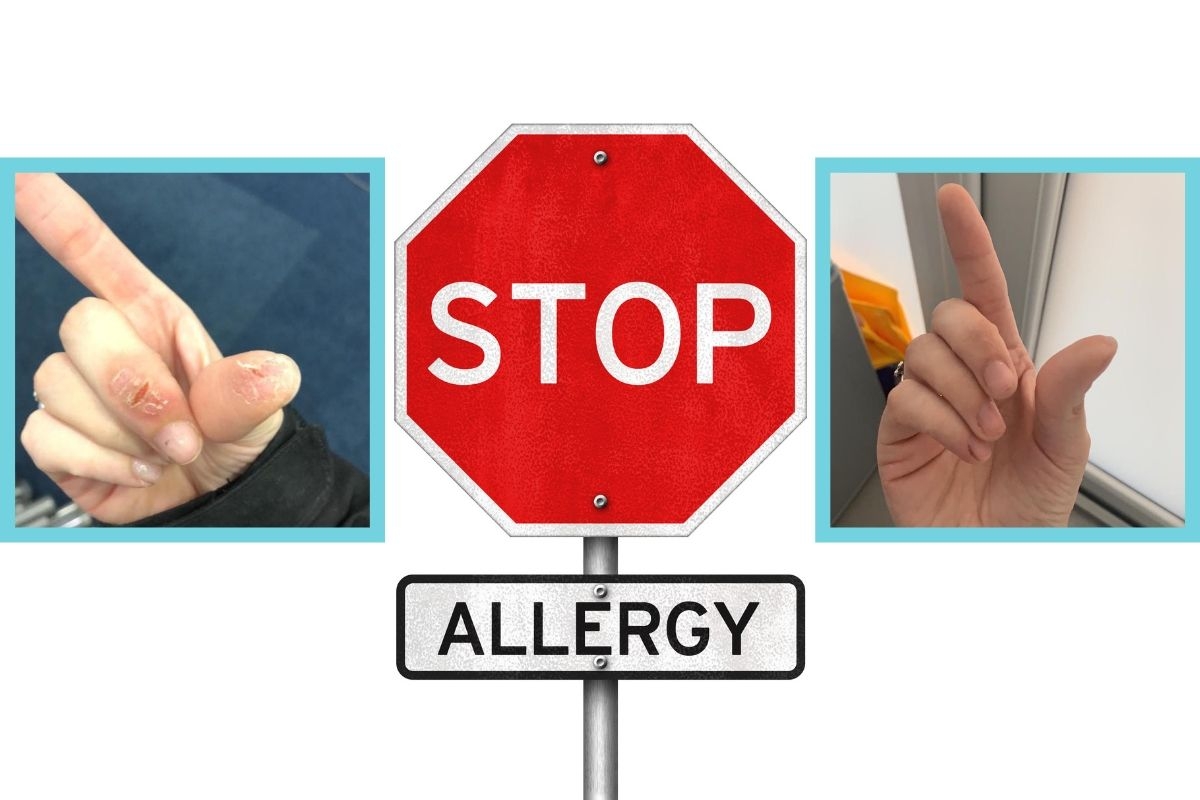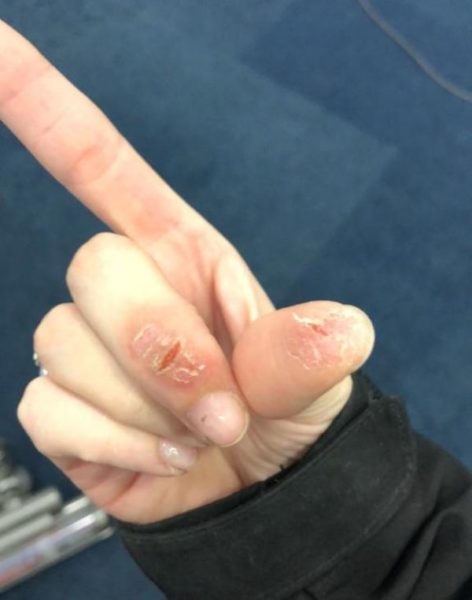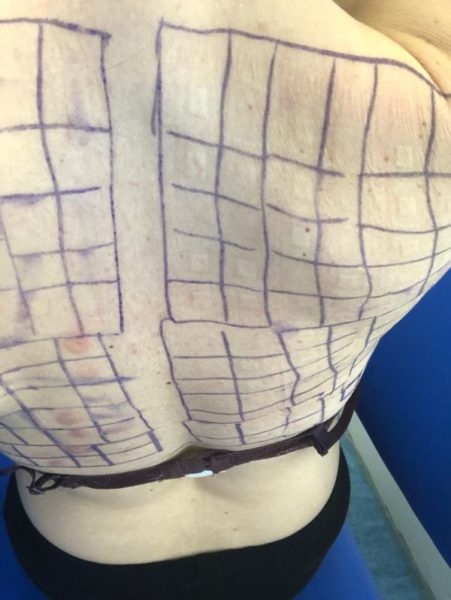
What to do when you suspect a nail product allergy
By Katie Barnes | 03 September 2019 | Expert Advice, Feature

Itching; redness; swelling; nail separation; burning; peeling or blistering are all ways that your body is telling you that something is wrong. While recognising an allergy is important, it is equally essential that you know what to do afterwards.
However minor the symptoms may appear, if client or tech begins to experience any of these following a nail service, the first step is to immediately discontinue services. I recommend a referral to a dermatologist, who specialises in this field. It can be good practice to build up a good relationship with a local dermatologist that you can recommend to clients, and they will perform a patch test to identify the exact irritant or allergen and provide the best treatment.
Irritation or allergy
Firstly, it is important to identify whether the symptoms are caused by an irritation or an allergy to a substance. The first time you come into contact with an allergen, your body becomes sensitised to it, but doesn’t react to it. Only when you’re exposed to the substance again, does your immune system react and cause the skin to show signs of irritation.
Contact dermatitis is an irritation to a product which causes the skin to become red, blistered, dry and cracked. Contact dermatitis usually improves or clears up completely if the substance causing the problem is identified and avoided, preventing it from developing into an allergy. An irritation reaction usually occurs within a few hours or days of exposure to an irritant or allergen.
Allergic contact dermatitis is an allergy that builds up over time from overexposure of repetitive skin contact with an allergen over days or weeks (in this case usually one or more ingredients in nail products).
Testing for allergens
The best way to test for a reaction to allergens is patch testing by a dermatologist. During a patch test, tiny amounts of known allergens are applied to your skin. The substances are attached to your back, or sometimes your arms using a special kind of non-allergenic tape. After two days, the patches are removed and your skin assessed to check if there has been any reaction. Your skin will usually be examined again after a further two days, as most allergic contact dermatitis reactions take this long to develop. The dermatologist will then be able to pinpoint the exact allergen or allergens.
Address your working technique
An allergy will never go away as the immune system will never forget that specific allergen so it is important to address your working techniques to protect yourself and your clients. Many report an allergy to HEMA. You can change to a product no longer containing this allergen but if you don’t change the working technique, an allergy may just occur to another ingredient. Once an allergy develops, the immune system goes onto heightened alert, so it becomes much easier and faster to develop allergies to other allergens in future.
Some of the main points to address are:
- Changing the products that irritate the skin where possible
- Never allow monomers, primers, gels, gel polish and other products that are not designed for the skin to come in contact with the skin, including cleaning up excess product with your nail
- Avoid overly large brushes and one bead method
- Always use the correct mix ratio
- Follow manufacturer’s instructions
- Ensure the correct cure of products
- Use gloves and other protective work equipment
- Keep your working area clean and dust free
Preventing allergies
Prevention is better than cure, so it is important that even if you or your clients have never experienced any issues that you address your working habits to prevent this occurring in the future. Read my previous Scratch blogs on how to help prevent allergies and how to avoid overexposure.
Love Katie B x
Images courtesy of Leila Monroy.

Read the latest issue












